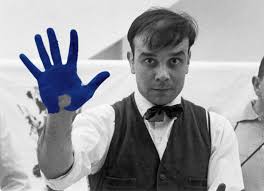
1928 - 1962
Yves Klein
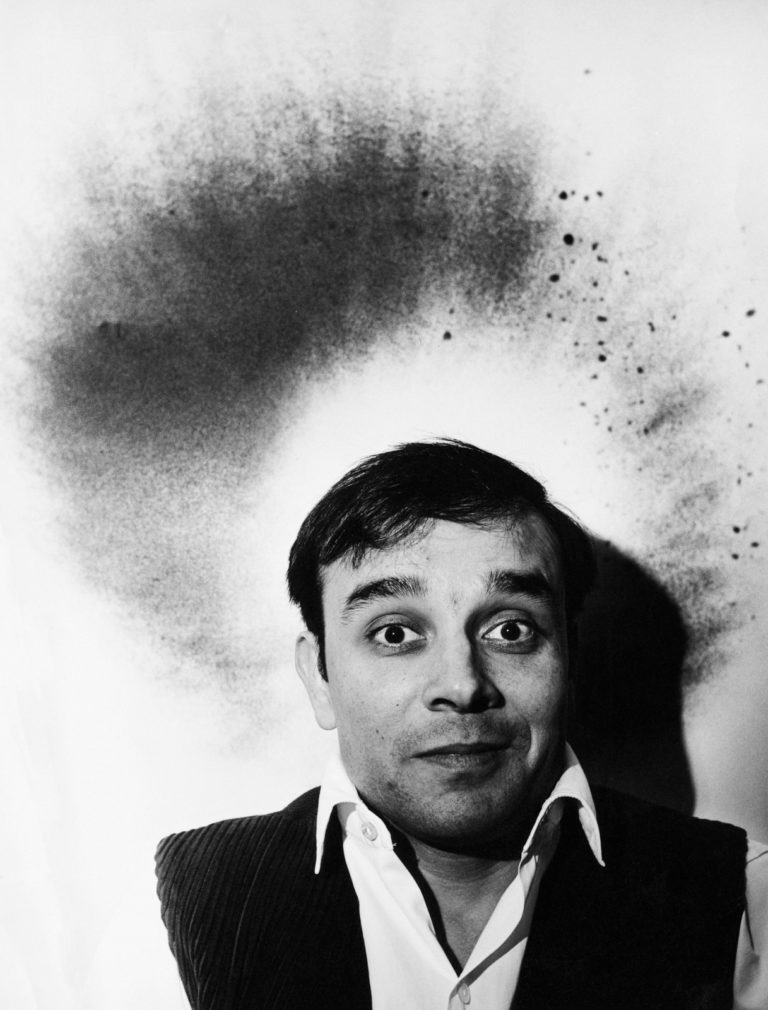
description
An outstanding French artist, sculptor and photographer. Despite his short artistic career (1954-1962), he is rightly considered one of the most significant innovators of post-war European art.
Yves Klein never studied at art institutions but did not want his creations to be perceived as an interior abstraction. As a result, he found original ways of self-expression. One of them is the use of a special blue paint, the formula of which was registered at the Institut national de la propriété industrielle (contrary to the common assertion, a patent was not received). The colour entered the history of world art as the “International Klein Blue”.
In the early 1960s, Klein, together with art historian Pierre Restany, organized a new group called New Realism. The term itself was first proposed by Restany in the introduction to the catalogue. The group included nine innovative artists. They considered themselves direct successors of Dadaists; their first joint exhibition was called “40 ° Above Dada”.
However, Klein almost immediately began to distance himself from the “Dadaist vector” of the group with its retrospective emphasis on the use of finished products and “garbage”. He considered Nouveau Réalisme more promising and innovative; his work was broader in terms of style, technology, and the use of modern media. In addition, his monochromes express a contemporary special status of art, not painting in its traditional sense. Klein was a pioneer in what later became the essence of conceptual art; he is considered the pioneer predecessor of minimal art, as well as pop art and body art.
Key ideas:
– It was not by chance that Yves Klein, who had no art education, chose the motto “For colour!” Against the line and the drawing!” Starting to create monochrome works in 1949, he was disappointed with the attitude to his compositions painted in the same colour as an interior bright abstract painting. The artist abandoned the original monochrome orange, yellow, red, pink paintings, choosing only his unique blue.
– With an extensive series of monochromes, the artist questioned the emotional depths supposedly visible in abstract art. Starting with the “Proposte Monochrome, Epoca Blu” exhibition, organized in 1957 by the Milan Gallery Apollinaire, Klein used ultramarine, mixing it with Rhodopas MA synthetic resin. The effect, discovered thanks to dealer E. Adam, was to preserve the brightness of the pigment.
– In 1960, Klein registered a recipe that included a certain amount of Rhodopas. The colour close to lapis lazuli, which was used in medieval painting, became famous as “International Klein Blue (IKB)”.
– Klein used his colour scheme, working in an international team of artists to design the Gelsenkirchen Opera House in Germany. The artist created four monumental, ten meters high blue works with a relief-sponge and two monochromes for the main hall.
– “Anthropometry” – this is how Klein called his paintings, created as prints of a blue-painted female body on paper or canvas spread out on the floor. His first experiments with the technique of “living brushes” date back to mid-1958.
– Cosmogony was achieved when a specially prepared base was placed under the rain, or when a sheet of blue paint was fixed on the roof of a car for a long trip. Plant paintings were created by spraying pigments onto reeds.
– The artist used fire, bringing large sheets of cardboard closer to the gas burners. Klein created the first fire painting on the closing day of his exhibition in the German city of Krefeld in 1961.
– “The Monogolds” series Klein performed using gold as a symbolic material between 1960 and 1961. Some works combined a series of rectangles into the composition; others were made of loose thin sheets of gold – fixed on the panel, they moved with the slightest air movement; some were reliefs with a polished surface.
– Of the performances, the most famous was “Leap into the Void”, which is displayed in a series of photographs published in a separate issue of the Paris daily newspaper “France Soir”.
1928
1948
1950
1953
1954
1955
1956
1957
1958
1959
1960
1961
1962
Yves Klein was born into a family of artists
Visited Italy
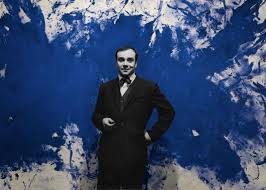
Created several monochromes on paper using pastel and gouache
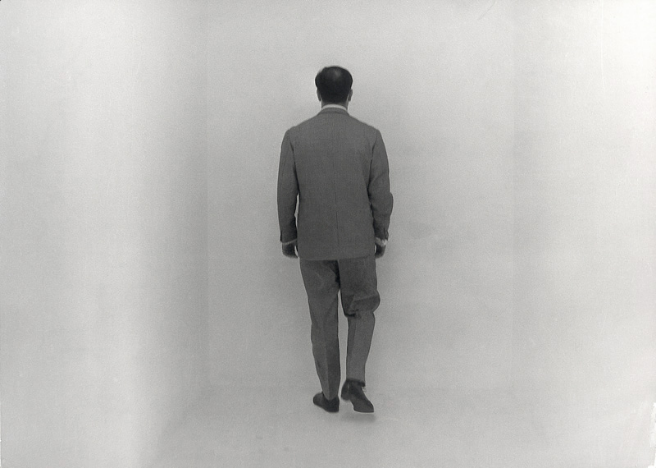
Arrived in Yokohama, then in Tokyo
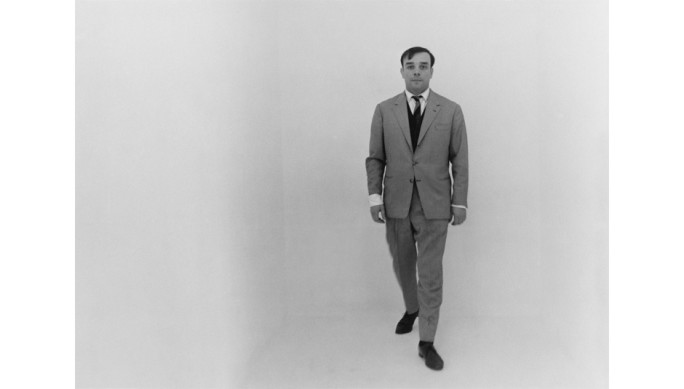
Returned to Paris
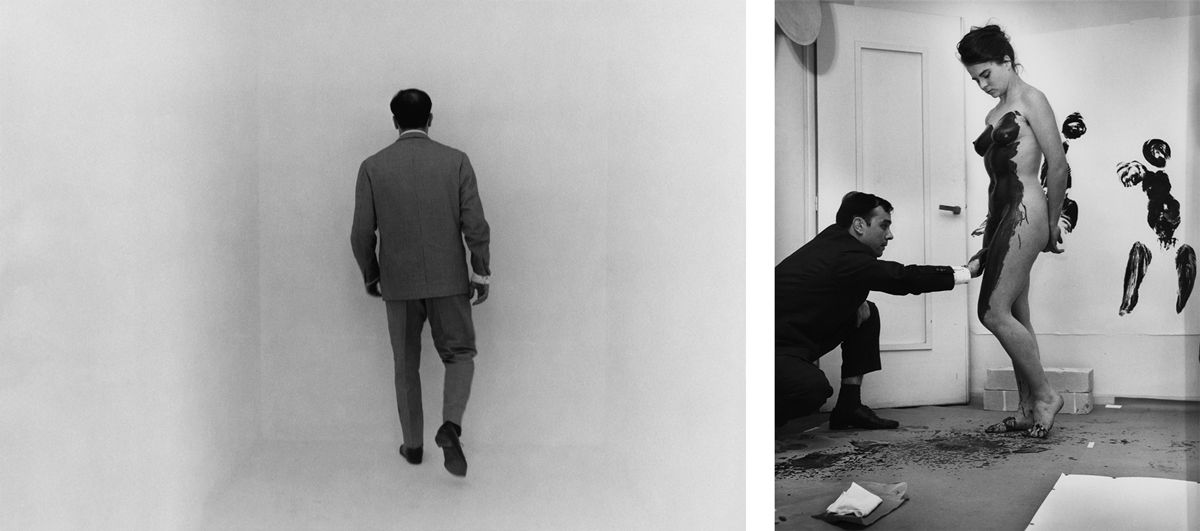
«Expression de l’univers de la couleur mine orange»
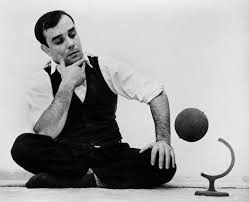
«Yves, Propositions Monochromes»
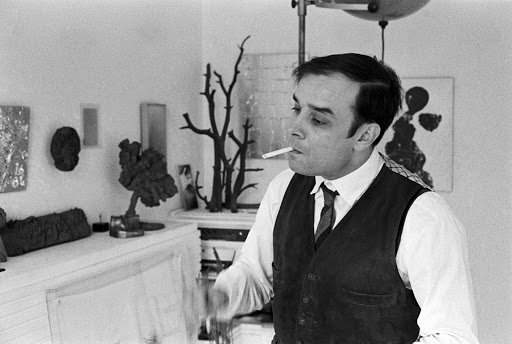
Exhibited 11 of his blue paintings of the same format at a gallery in Milan
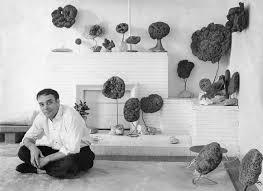
He designed an opera house in Germany
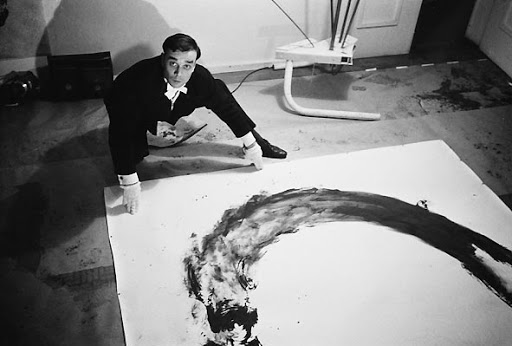
Participated in the Vision in Motion show
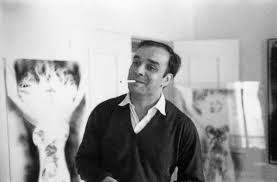
Participated in group exhibitions in Milan
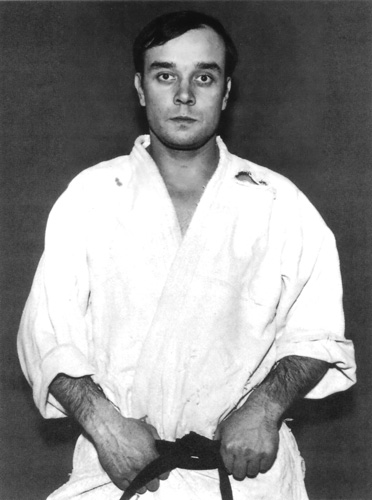
The exhibition “Le Monochrome” at the L. Castelli Gallery (New York) ended in failure
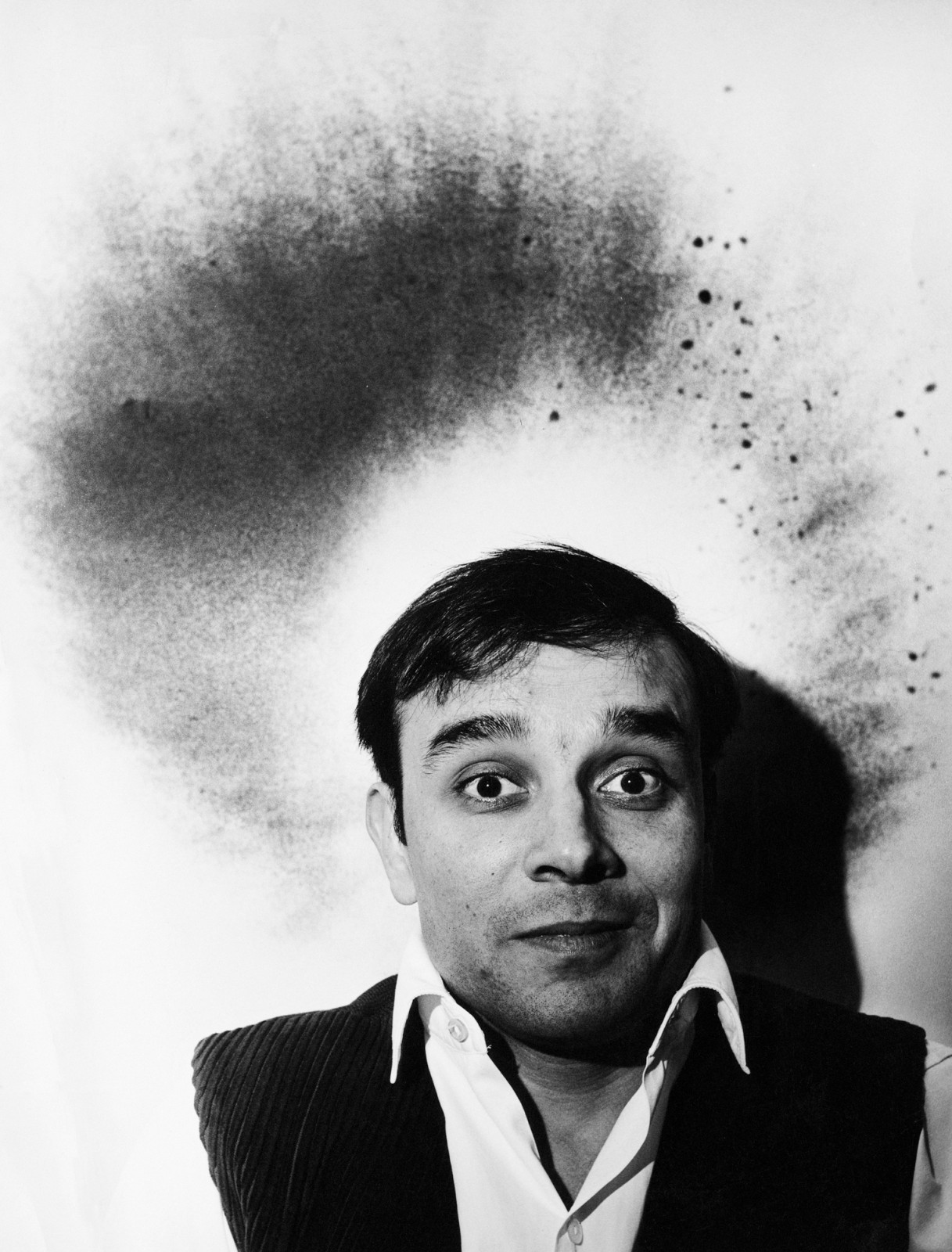
Married artist Rotraut Moquay

